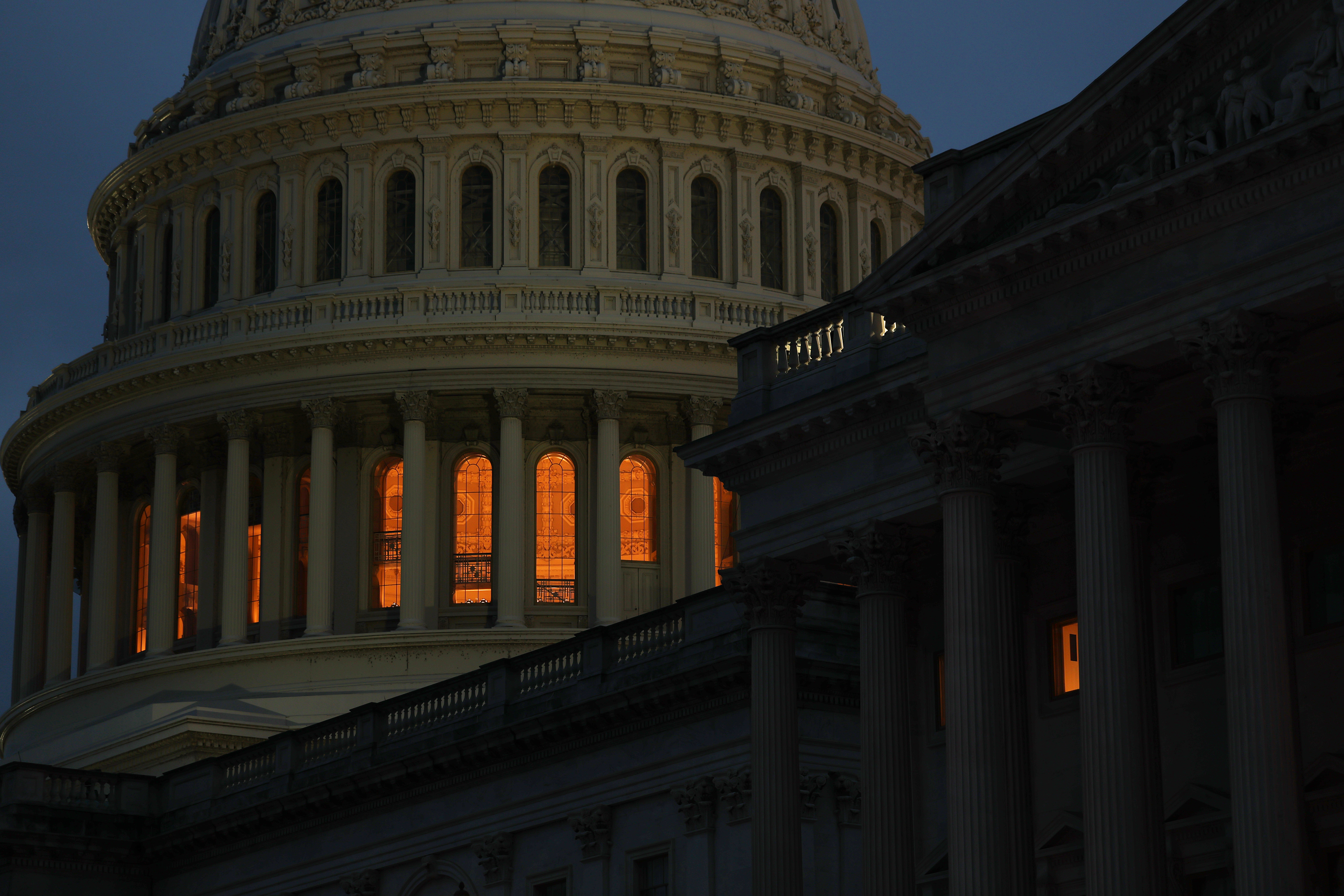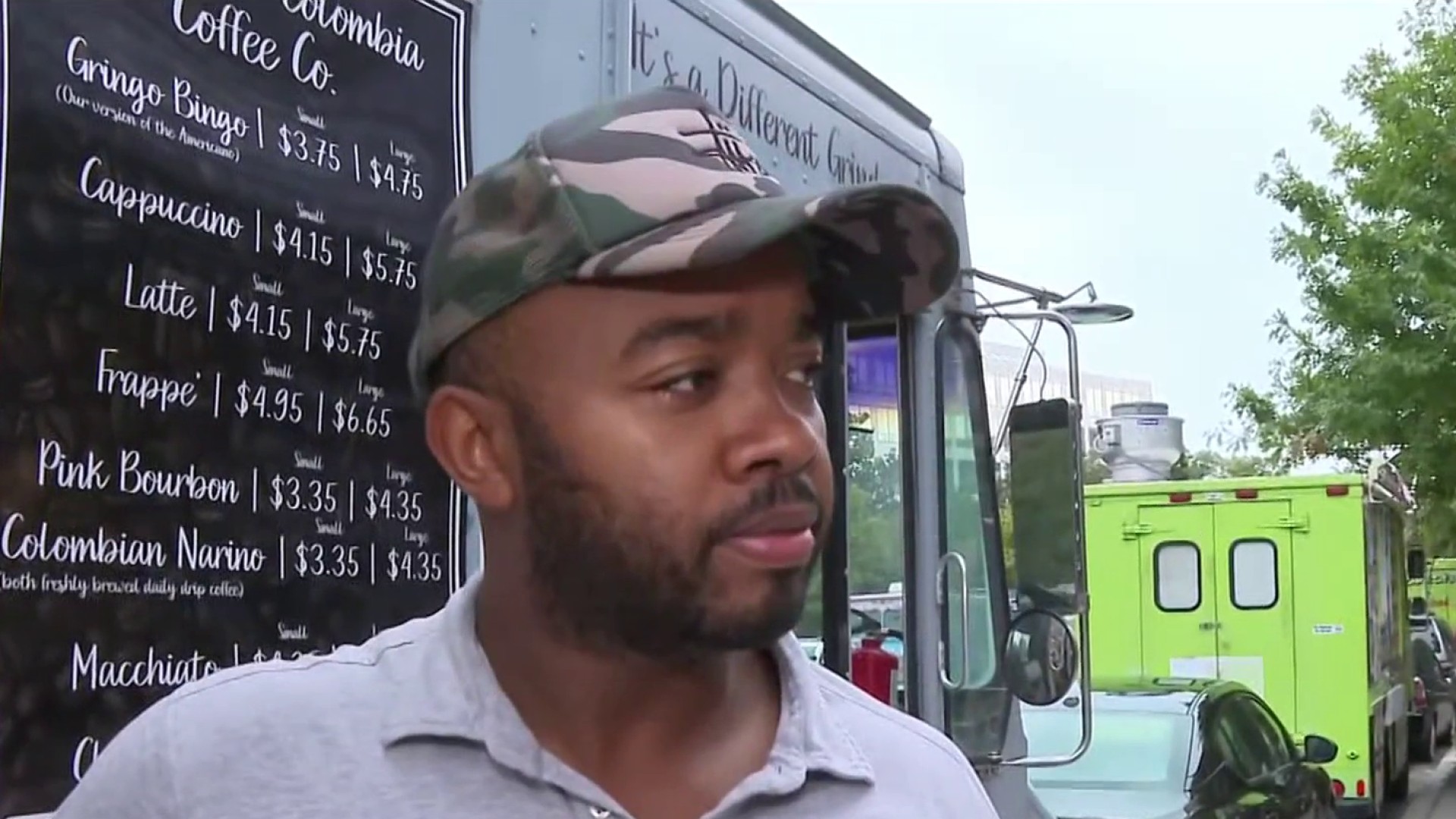As the District and the U.S. buckle in for a federal government shutdown, some in our area remember the last time this happened.
The memories aren’t fond ones.
The last government shutdown, which began in late 2018 and continued for 35 days into 2019, was also the longest shutdown in U.S. history.
In that time, 380,000 federal workers were furloughed, or made to stay home from their jobs without a paycheck.
Another 420,000 federal workers were considered “excepted,” meaning their jobs were considered essential and they had to work, but their pay was withheld until the shutdown ended.
Many of those unpaid federal workers lined up outside in near-freezing temperatures to get free groceries. One mother of three told News4 that she was forced to choose between paying for chemotherapy, or covering their rent.
Here are just a few of the government programs affected during that shutdown, according to the Committee for a Responsible Federal Budget.
Over the course of the 35-day shutdown, the Food and Drug Administration (FDA) delayed almost 900 inspections. Some furloughed workers were brought back a few weeks into the shutdown for food inspections considered “high risk.”
Workers at the Internal Revenue Service were furloughed at the beginning of the shutdown. The shutdown lasted long enough that it rolled into tax season, and at least 26,000 employees were called back to work — but more than half did not show up to work without pay.
Many national parks stayed open throughout the entire shutdown, but with National Park Service (NPS) employees furloughed, no visitor services were provided. Damage and trash built up, leading to infamous photos of overflowing trash cans on the National Mall.
The Supplemental Nutrition Assistance Program barely snuck out of the shutdown without being affected by Agriculture Department (USDA) funding rules.
The USDA is usually, in temporary funding bills, only allowed to send out benefits for 30 days after a shutdown begins. In 2019, the USDA paid February SNAP benefits just before the 30-day window ended — early, on January 20.
Had the shutdown continued, benefits would have run out before SNAP users got their March benefits.
In 2018 and 2019, the fight was over whether to include money for the border wall between the U.S. and Mexico in funding bills. At the time, President Donald Trump demanded $5.7 billion for the wall.
The demand locked Congress in a stalemate over funding as then-Senate Majority Leader Mitch McConnell (R-Ky.) declined to take up spending bills passed by the Democratic-controlled House to reopen government without paying for a wall.
By early January, hundreds of angry furloughed government workers protested outside the White House, pleading to be allowed to return to work.
Finally, on Friday, Jan. 25, 2019, Trump and congressional leaders reached a deal on a temporary funding bill, without border wall money, that reopened the government.
In total, the Committee for a Responsible Budget estimates, the 2018-2019 shutdown cost the U.S. economy $11 billion.
This story uses functionality that may not work in our app. Click here to open the story in your web browser.

Want more insights? Join Working Title - our career elevating newsletter and get the future of work delivered weekly.

